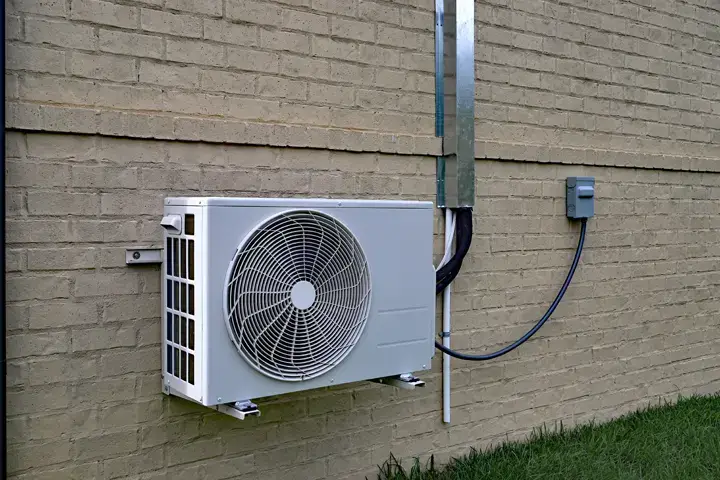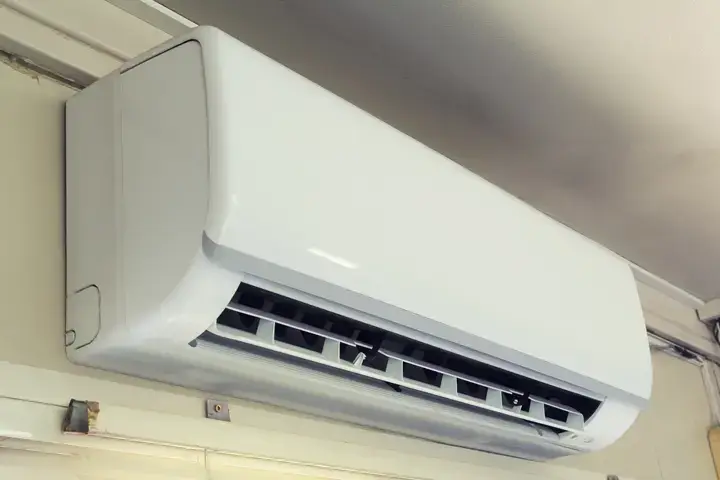Menu


The installation costs of ductless AC systems vary depending on the number of indoor units, energy efficiency, cooling and heating capacity, and whether you’re replacing an existing unit.
B & W serves customers throughout the Metro East including Alton 62002, Bethalto 62010, Bunker Hill 62014, Cottage Hills 62018, Dorsey 62021, East Alton 62024, Edwardsville 62025, Glen Carbon 62034, Godfrey 62035, Granite City 62040, Hamel 62046, Hartford 62048, Holiday Shores 62025, Jerseyville IL 62052, Madison County, Maryville 62062, Meadowbrook IL 62010, Midway IL 62067, Moro 62067, Pontoon Beach 62040, Prairietown IL 62097, Rosewood Heights IL 62018, 62024, Roxana 62084, South Roxana 62087, Worden IL 62097, Wood River 62095, and all surrounding areas.
We offer 24/7 Emergency Service to all of our customers. You can always count on B & W Heat & Cooling Experts to get to you fast and get the job done right the first time. We use state-of-the-art diagnostic equipment to find the source of your heating and air conditioning problems and fix them fast.
Sign up to receive our special offers direct to your inbox.
B&W Heating & Cooling
398 E. Edwardsville Rd.,
Wood River, IL 62095
618-254-0645
CI WEB GROUP ©2025. All Rights Reserved. | Sitemap